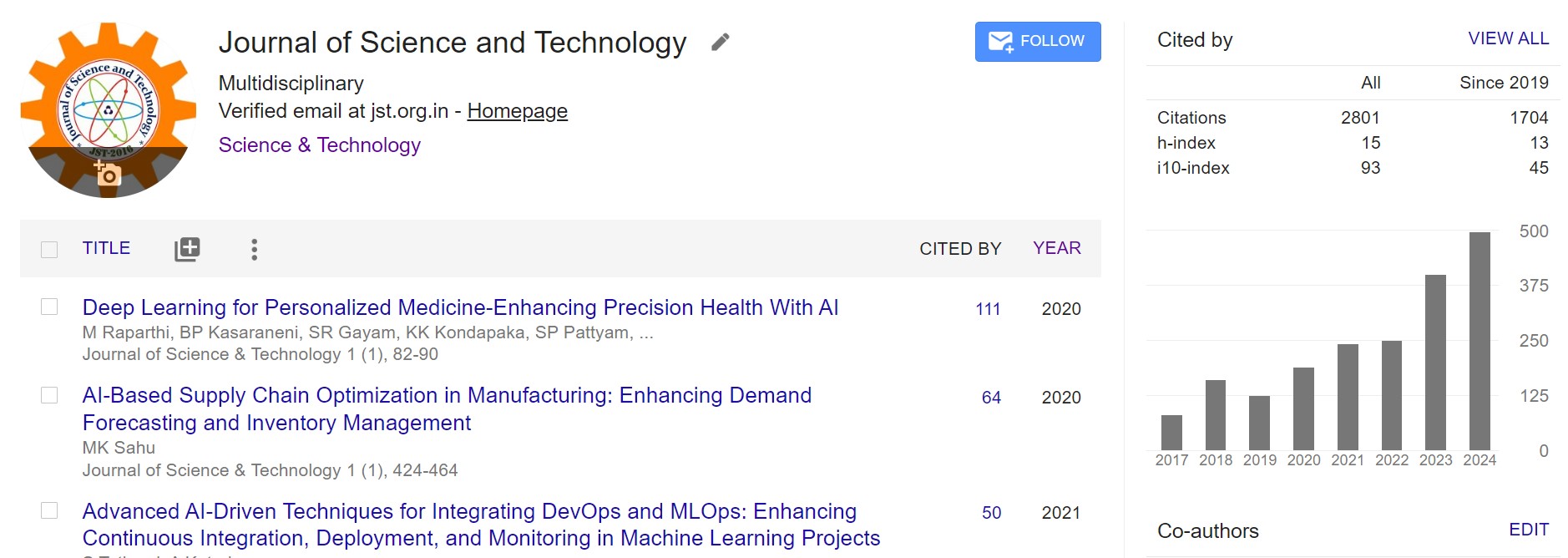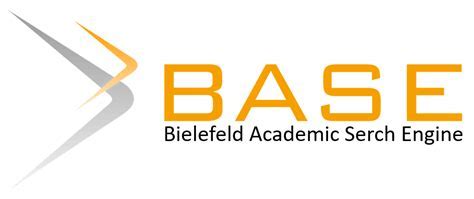Teaching Methodology for Virtual Reality Practical Course in Engineering Education
DOI:
https://doi.org/10.46243/jst.2022.v7.i10.pp125-135Keywords:
Social Engineering, Speech Act, DeceptionAbstract
Increase in usage of electronic communication tools (email, IM, Skype, etc.) in enterprise environments has created new attack vectors for social engineers. Billions of people are now using elec- tronic equipment in their everyday workflow which means billions of potential victims of Social Engineering (SE) attacks. Human is considered the weakest link in cybersecurity chain and breaking this defense is nowadays the most accessible route for malicious internal and external users. While several methods of protection have already been proposed and applied, none of these focuses on chat-based SE attacks while at the same time automation in the field is still missing. Social engineering is a complex phenomenon that requires interdisciplinary research combining technology, psy- chology, and linguistics. Attackers treat human personality traits as vulnerabilities and use the language as their weapon to deceive, persuade and finally manipulate the victims as they wish. Hence, a holistic approach is required to build a reliable SE attack recogni- tion system. In this paper we present the current state-of-the-art on SE attack recognition systems, we dissect a SE attack to rec- ognize the different stages, forms, and attributes and isolate the critical enablers that can influence a SE attack to work. Finally, wepresent our approach for an automated recognition system for chat-based SE attacks that is based on Personality Recognition, Influence Recognition, Deception Recognition, Speech Act and Chat History.


























